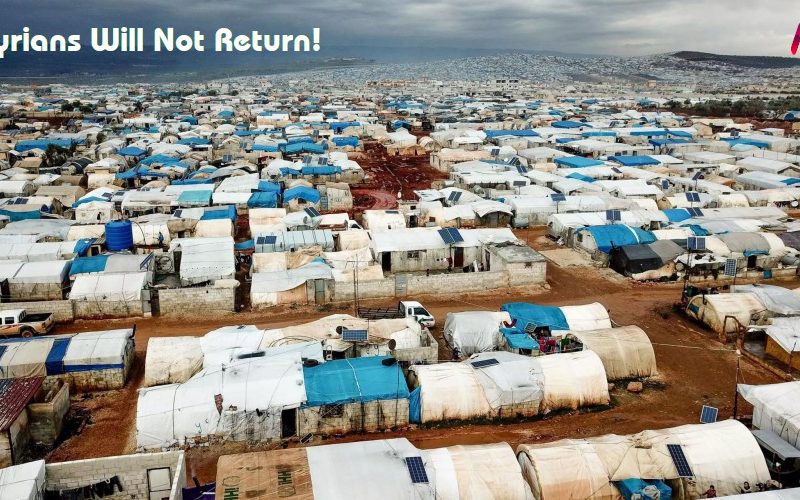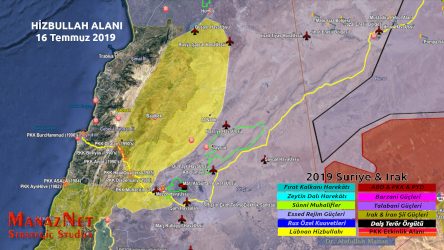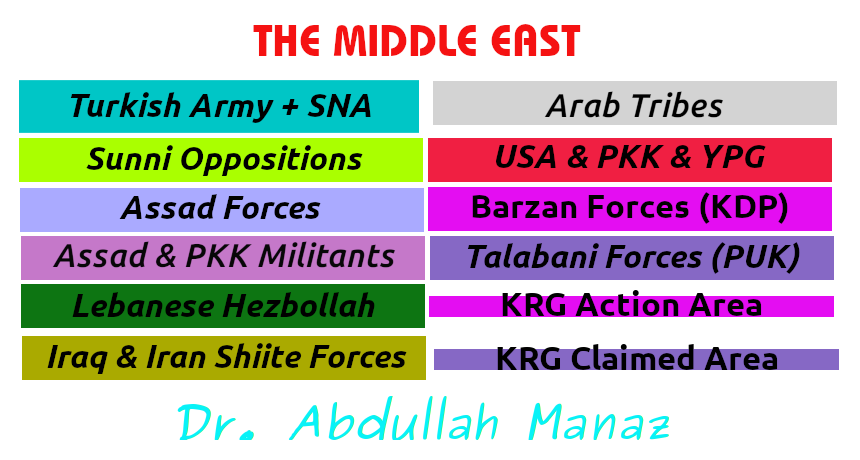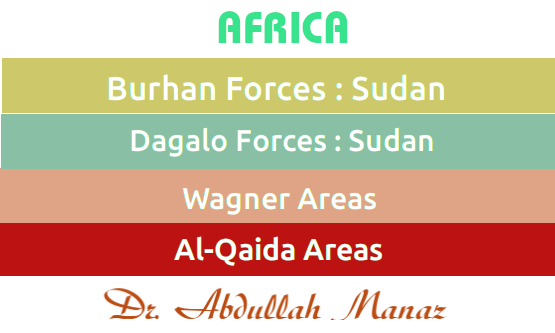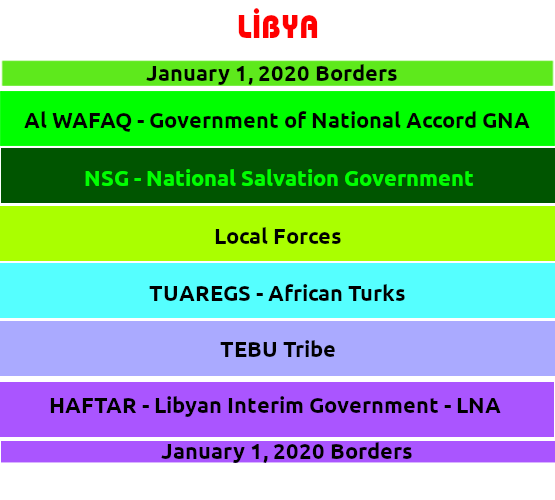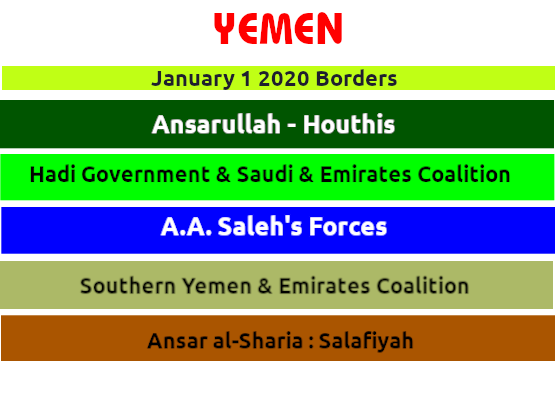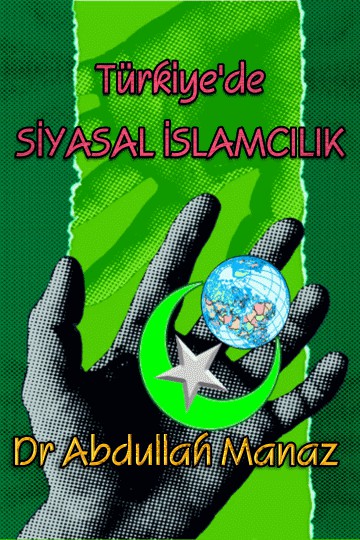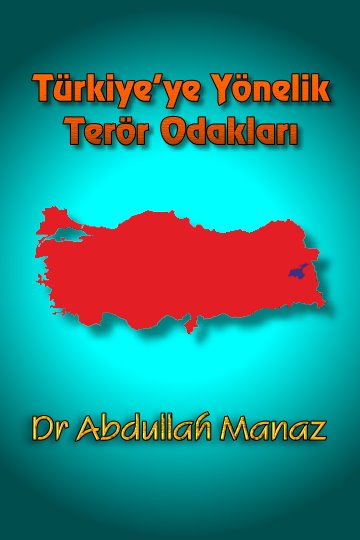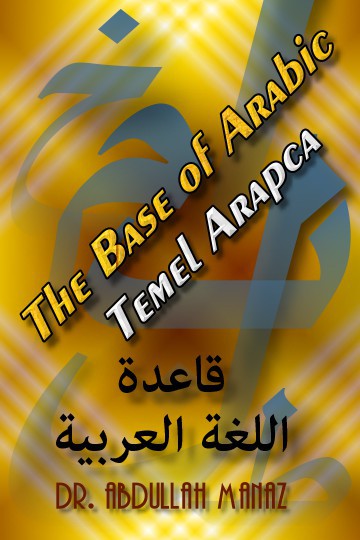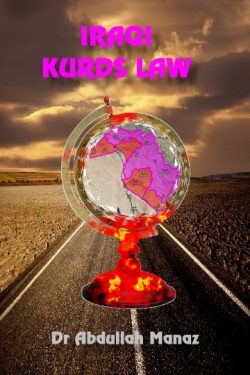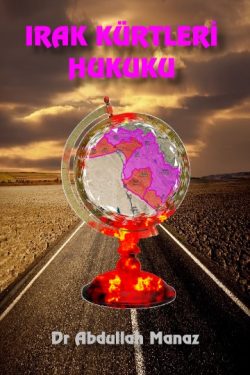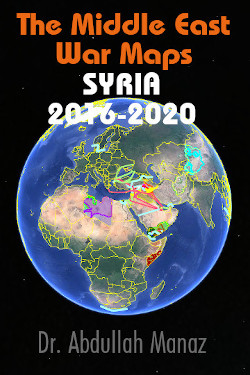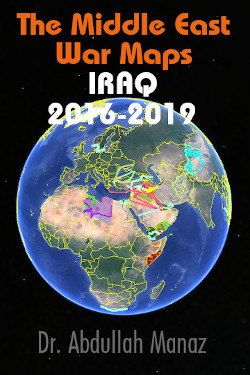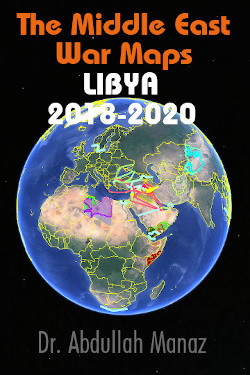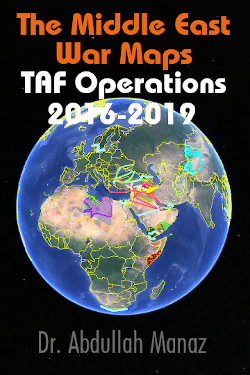With the processes of the Greater Middle East, the Arab Spring and the Syrian Civil War, 7.5 million Syrians left their country and firstly sought refuge in neighboring countries. Of these, 3.5 million are in Turkiye, 1.5 million in Lebanon and 1.4 million in Jordan. Lebanon and Jordan are the countries that are in the most difficult situation in terms of the ratio of refugees to the general population.
Before the Ukraine War, donor countries were providing important financial aid to these 3 countries to prevent Syrian refugees from reaching Europe. After the Ukraine War, while European countries increased their aid to Ukraine, the support given to the countries where the refugees lived fell into the background. Lebanon, Jordan and Turkey now have to allocate a significant share of their budgets for Syrian refugees. In Lebanon, with a total population of 5,300,000 in 2023, Syrians make up 35% of the population. In Jordan, which has a total population of 11,300,000, Syrians make up 8% of the population. In Turkey, the rate of Syrians is around 2.5% of the total population (85.3 million).
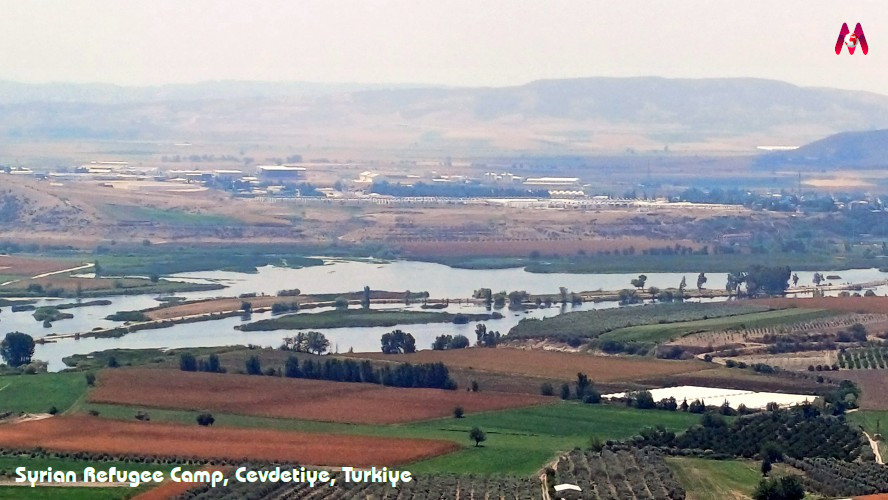
As Syrian refugees create Cheap Labor in the countries they go to, it also increases the unemployment rate among the Indigenous people. The unemployment rate is 10% in Turkey, 15% in Lebanon and 23% in Jordan. How real these numbers are is debatable. The majority of Turkish, Lebanese or Jordanian youth living in the same cities as Syrians plan to leave their country and go to Europe, the USA or Canada.
Syrian refugees work in almost every line of business in the countries they live in. In fact, since all members of a Syrian refugee family are working, they earn more monthly income than local people in these countries. There are also those who do not work and make a living by begging or by the aid provided by International Aid Organizations to these countries. Since the cash aid to the refugees is done on a per capita basis, the birth rate among Syrians has increased dramatically. You can come across Syrians with 5-10 children in these countries. The average amount of aid paid per Syrian individual is around $10. Refugees have now created their own business lines in the countries they are in. They have their own markets and social areas. They do all kinds of jobs. Syrian Refugees have formed a Ghetto mostly in the same neighborhoods.
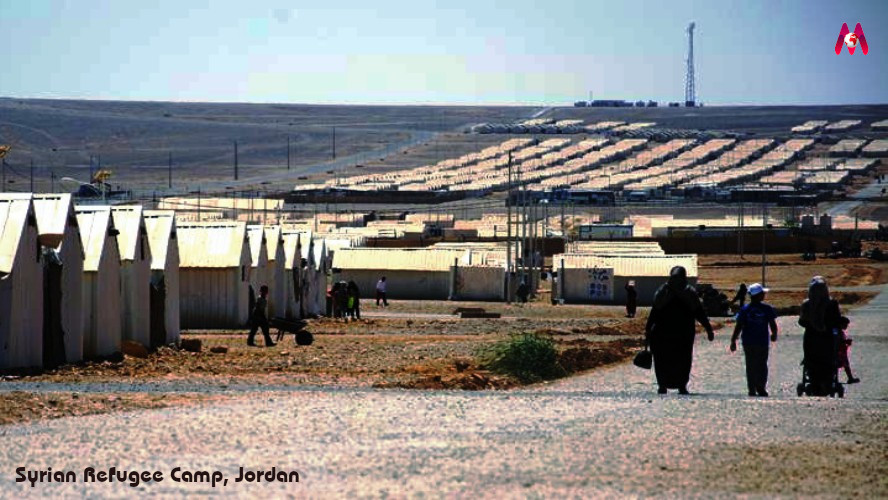
Refugee Camps and Accommodation Centers have become like little Syria. Mostly Syrian workers work in areas such as Agriculture, Industry and Construction in the region. In the early hours of the morning, you can see dozens of Transport Vehicles carrying workers at the gates of the Refugee Centres. Syrians, whose travel and food expenses are covered in the places they work, either invest in a business line and establish their own business or save dollars to go to Europe.
Perhaps the most important aspect of the issue is that almost all Syrian refugees in Lebanon, Jordan and Turkey do not consider returning to their countries. According to the latest statistics, 92% of Syrian refugees in Lebanon and 97% of refugees in Jordan do not intend to return to their country. Such a survey has not yet been conducted among Syrians in Turkey. Although the opposition and the Turkish Government are making plans to send the Syrians back to their countries, this is very difficult to achieve.
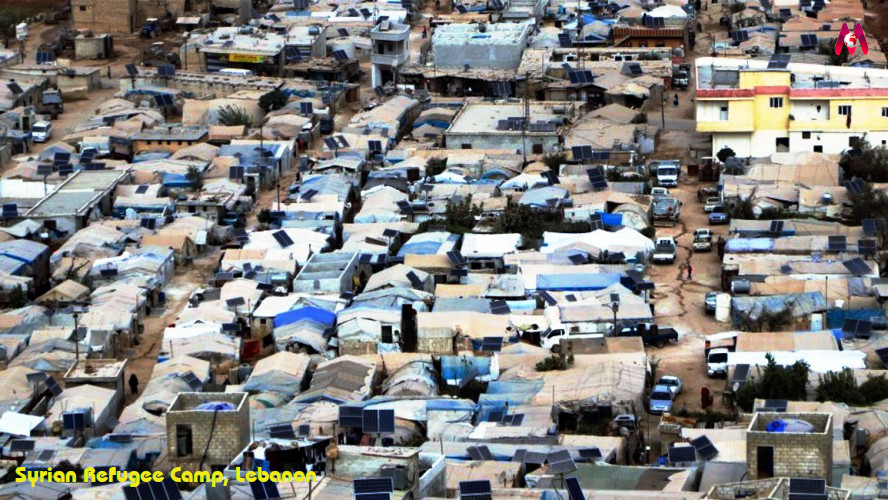
According to the Refugee Protocol adopted by the United Nations in 1951: Neighboring host countries have to accept refugees regardless of their number. The same Protocol does not allow the involuntary return of refugees. The issue of Forced Removal was very much discussed especially in Lebanon and Turkey. Some Opposition parties have promised to forcibly return Syrians. Forced Removal is both a violation of UN law and makes it impossible for these countries to receive donations.
International Studies and similar situations in the past; It shows that a significant majority of refugees who fled their countries do not return to their countries. For example, Iraqi refugees in Jordan still have not returned to their homeland 20 years later, despite the end of the war. The main reasons why refugees do not return to their home countries are:
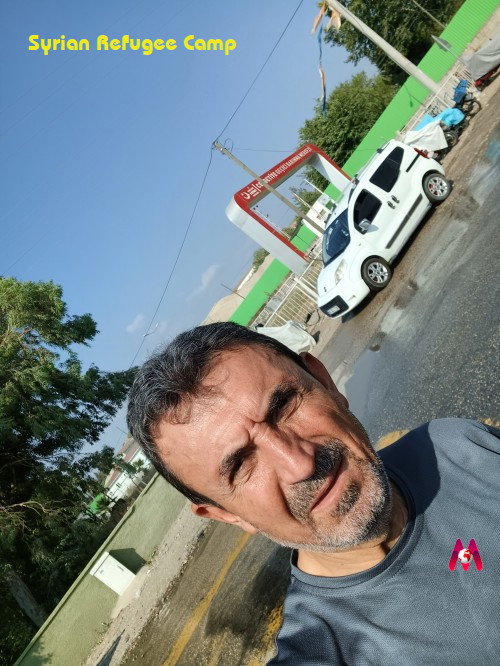
1) Refugees have more favorable economic conditions in the countries where they reside.
2) The economic situation of the refugees’ country is much better than their home country.
3) Refugees receive regular donations with the help of the United Nations and International Relief Funds.
4) Security Conditions and Guarantees in Syria are insufficient. War and conflicts continue.
5) The current Syrian administration distinguishes between sects among its citizens, protects Iranians and Shiites, and regards Sunnis as enemies and spies.
6) A significant portion of Syrian refugees’ property in Syria has been confiscated. Important buildings and fertile lands were distributed to supporters of the Government.
7) There is a deep hostility between Syrian refugees and supporters of the government in the neighborhoods, villages and cities they have left.
8) Most of the abandoned homes of Syrian refugees are destroyed and uninhabitable. It does not seem possible to repair and rebuild them.
9) Syrian refugees do not trust the Assad administration, do not believe in guarantees for return and believe that they will be arrested by Muhabarat (Syrian Intelligence) when they return.
In addition to all these negatives, there is no longer a territorial integrity based on constitutional foundations in Syria. Local services such as education, health and municipality are partially settled in Afrin, Al-Bab, TalAbyad and RasulAyn regions, which are in Turkey’s security area. Conflicts between Islamist groups still continue in the Idlib region, which is under the control of Tahrir al-Sham. Russia and the Syrian regime continue to bombard the Idlib region without interruption. The east of the Euphrates river is administered by the PKK & YPG Terrorist Organization backed by the USA. In recent days, clashes have started between the Syrian regime security forces located in urban centers such as Hasakah and Qamishli and the Arab Tribes supported by the USA. The US is making plans to clear the region from pro-Assad and pro-Iran groups. Pro-Iranian groups (especially in the Deir ez-Zor region) frequently carry out missile attacks against the US military facilities there. The Tanif Region, on the border with Jordan, has been turned into a military zone by Jordanian, British and US Special Forces.
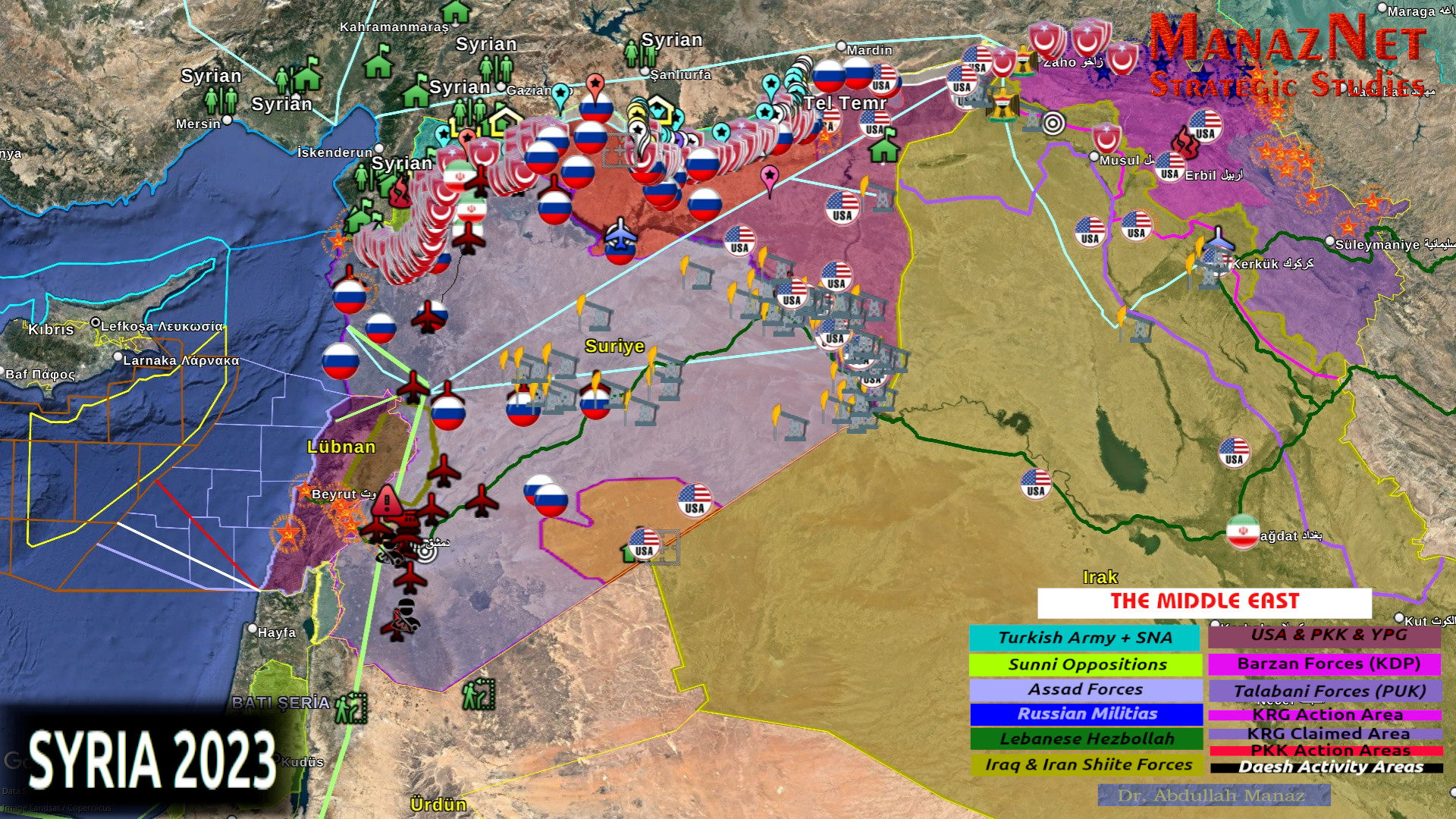
One of the most important problems in recent years; Drug Smuggling from Syria’s Iraq, Jordan and Lebanon borders to the whole world. The Syrian government, whose economy has collapsed due to the war and embargoes, is trying to make money with the production of Captagon, which is managed by some people who are related to the Assad family.
It’s actually a pretty big issue. The Middle East is actually a Swamp. Iran, Russia, Hezbollah, the United States and Israel give significant support to the war due to their political and military interests in the region. The interests of Russia, which was in a difficult situation especially in the occupation of Ukraine, and the US, which is looking for an opportunity to settle in the region, prevent this swamp from being drained.
Considering that in recent years, Russia has also accelerated conflicts in regions such as Africa and Libya against the USA, the stability and security of the world in general is moving towards a great danger.
Let’s put it briefly: the majority of Syrians will not return to their country!

